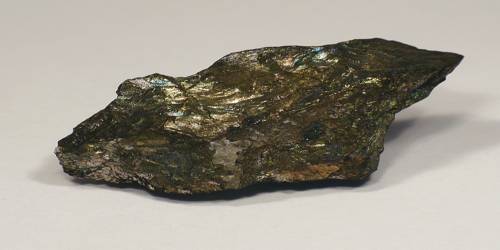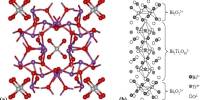Algodonite is a copper arsenide mineral with formula: Cu6As. It is a gray-white metallic, copper arsenide mineral, crystallizing in a hexagonal pattern. The mineral was first discovered from the Algodones silver mine in Coquimbo, Chile in 1857. It is a gray-white metallic mineral crystallizing in the hexagonal system. It has a Mohs hardness of 4 and a specific gravity of 8.38 – 8.72. It is not Radioactive.
It was first described in 1857 from the Algodones silver mine, Coquimbo, Chile.
General Information:
- Category: Sulfide mineral
- Formula: Cu6As
- Crystal system: Hexagonal
- Density:8.38 g/cm3 (Measured) and 8.72 g/cm3 (Calculated).

Identification
Algodonite can be identified in silver-white or steel-gray color forms. This mineral is opaque and non-fluorescent in nature. It has metallic lustre and nonmagnetic properties. Sub-conchoidal fractures are developed in brittle materials, having semi-curving surfaces. It forms massive granular crystals, commonly observed in granite or other igneous rock.
- Formula mass: 456.2 g/mol
- Color: Gray, silver-white, steel gray, tarnishes dull bronze
- Crystal habit: Massive, granular. Common texture observed in granite and other igneous rock
- Fracture: Sub-conchoidal
- Mohs scale hardness: 4
- Luster: Metallic
- Diaphaneity: Opaque
- Specific gravity: 8.38 (measured), 8.72 (calculated)
Global Distribution
Algodonite is distributed in the following places: Chile, Bolivia, Argentina, USA, Sweden, France, Namibia, Iran etc.
Occurrence
Algodonite is uncommon in hydrothermal deposits and is closely associated with other copper arsenides, koutekite, domeykite, and silver.
Information Source:















